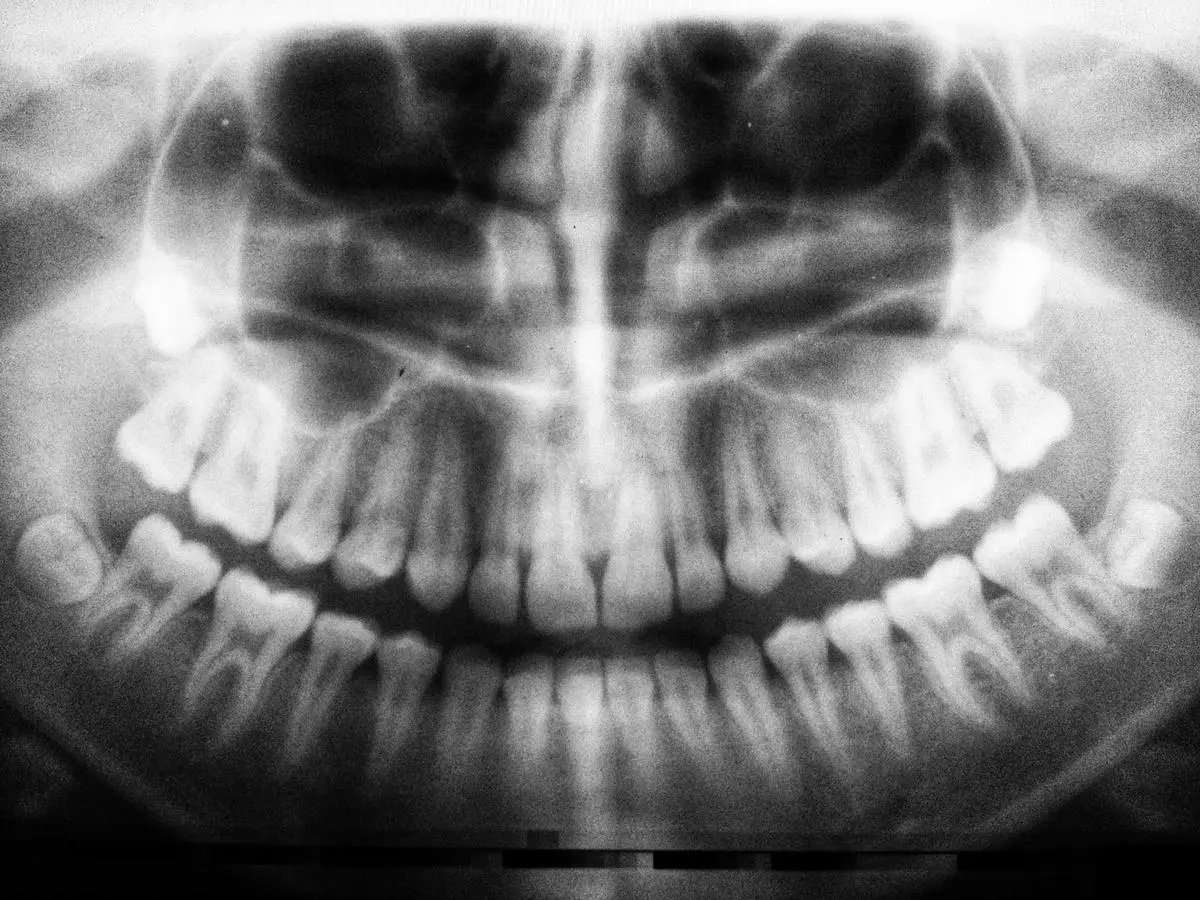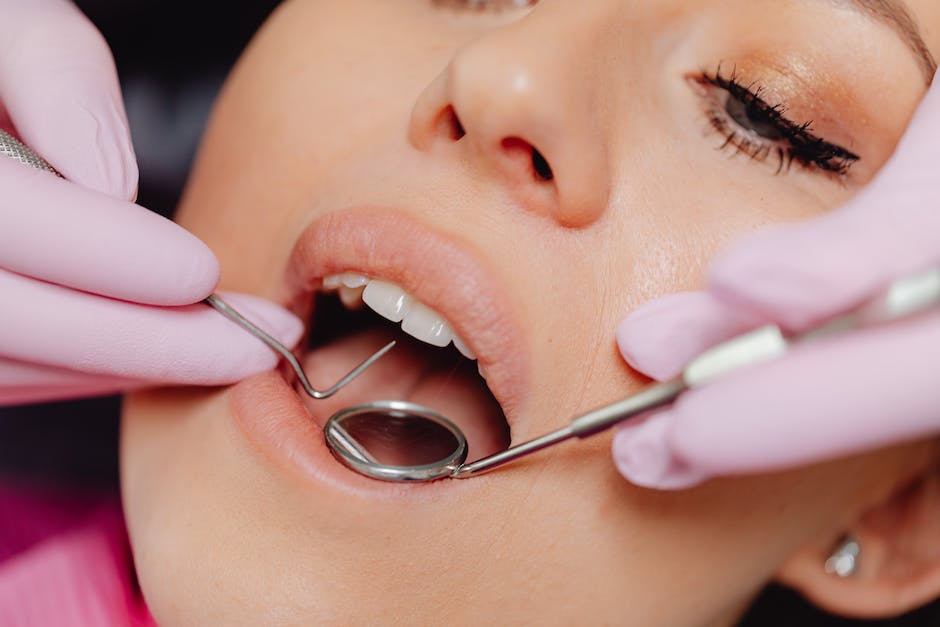The advent of dental bridges offers a solution to replace missing teeth, enhancing not only aesthetics but also the health and efficiency of the oral cavity.
A healthy smile invariably builds confidence and enriches an individual’s overall outlook on life. However, this smile can be compromised due to missing teeth, a common concern among people that has a significant impact on oral functionality and appearance.
This article will take you through an in-depth exploration of dental bridges, elaborating on the concept, composition, as well as how they function. A comprehensive understanding will assist you in making informed decisions pre- and post-procedure.
Understanding Dental Bridges
The field of dentistry, though occasionally daunting to the layperson, is a captivating realm where science and art blend seamlessly. One such fascinating marvel in this domain is the Dental Bridge, a restorative technique employed for the replacement of one or several missing teeth, thus aptly named as it ‘bridges’ the gap created by tooth loss.
Understandably, tooth loss can precipitate an array of dental issues including impaired oral function, diminished aesthetic appeal, and gradual degradation of the dental arch’s structural integrity. Within this context, dental bridges not only reinstate masticatory function and aesthetic appeal but also play a pivotal role in preserving the intricate balance within the dental apparatus.
In the most basic terms, a dental bridge is chiefly composed of two elements: the pontic and the abutment. The pontic, derived from the French “pont” meaning bridge, is essentially the replica tooth filling the created gap. The abutments or supporting teeth, on either side of the gap, hold the pontic in position. These structures may either be natural teeth or dental implants, and their strength determines the overall endurance of the bridge.
Comprehending the attachment process of a dental bridge will impart an empirical understanding of its functioning. The exact procedure varies based on the type of bridge, but a traditional fixed bridge provides the best example.
The process commences with some alteration to the abutment teeth so they can support crowns, providing the salient infrastructure to hold the bridge steadily. Following impressions, the bridge, composed of the pontic(s) and crowns, is fabricated in a dental laboratory – a process that is a testament to the meticulous craftsmanship and mastery involved in dentistry.
Upon completion, the dental bridge is fitted over the abutment teeth and secured using dental cement. The bridge, now set, span across the open space, restoring the natural contour and functionality of the teeth, and protecting the exposed gum area.
This entire symphony within your mouth operates so seamlessly, the reminders of the bridge’s presence are nearly non-existent, apart from routine dental hygiene vigilance and maintenance visits.
Remarkably, dental bridges go beyond mere aesthetic restoration and functionality. The gap left untreated after tooth loss can instigate shifting of adjacent teeth, alteration in the bite and, over time, potentially complex Temporomandibular Joint (TMJ) issues. Dental bridges, by filling these gaps, preemptively negate these also-ran complications.
Moreover, from a biomechanical perspective, dental bridges help distribute eating forces evenly across the jaw, reducing the risk of undue strain and stress points on the dental framework. This, in turn, helps maintain oral health and structural integrity of the dentition over time.
What the broad strokes paint is a vivid picture of the multidimensional role that dental bridges play in restorative dentistry – transition from lack to fullness, from insecurity to confidence, from impairment to robust functionality.
Though a seemingly simple construct, the dental bridge is an integral component in the expansive canvas of dental health, an architectural piece de resistance in the dental edifice. Truly fascinating, isn’t it?

Procedure for Dental Bridges
Moving forward, delving into the topic of this piece, a standardized procedure for dental bridges typically commences with a comprehensive evaluation of the patient’s oral health. This step is indispensable to the process, serving to ascertain patient suitability for the procedure.
A professional assessment of oral hygiene practices, and the condition of the gums, and other teeth is conducted by the dental practitioner.
Additionally, the practitioner assesses potential abutment teeth, examining factors such as alignment, decay, and structural integrity.
Once a dental bridge procedure has been deemed appropriate, the patient undergoes data collection, where an impression of the affected area, in addition to the surrounding and opposing teeth, is taken.
The dental professional utilizes this impression to fabricate a model for the dental bridge that strikes a harmonious balance between function and aesthetics.
This procedure requires exactitude and proficiency, given that the longevity and functionality of a dental bridge greatly hinge on its structural compatibility.
Once the bridge has been fabricated, the dental practitioner then tackles the temporary cementation phase.
A temporary dental bridge allows the patient to assess and get acclimated to the new structure, giving way to feedback that can be factored in when constructing the permanent bridge.
Dental practitioners utilize this temporary phase as a means to assess the prosthesis in terms of soft tissue compatibility, phonetics, occlusion, and esthetics.
On reaching satisfaction with all the aforementioned factors, a dental professional secures the permanent bridge using durable and long-lasting dental cement.
The cementation process contributes immensely to bridge longevity and function, ensuring that the bridge remains affixed for an extended period, without causing discomfort to the patient or impeding regular dental functions.
After the cementation process, comes the post-care instructions that warrant emphasis.
The patient is apprised of the maintenance and care practices for dental bridges, which involve routine cleanings and oral hygiene to prevent complications such as decay, gum disease, and bridge desolation.
A point that invites consideration is the technological advancements that have refined the procedure of dental bridges vastly.
Predominantly, Computer-Aided Design and Computer-Aided Manufacturing (CAD/CAM) technology has proved instrumental in improving the accuracy of dental bridge fabrications.
With this technology, digital impressions replace conventional molds, facilitating the creation of highly precise and durable dental bridges.
These advancements not only enhance the user experience but confer increased longevity for dental bridges.
In conclusion, understanding the standard procedure for dental bridges offers a thorough insight into the level of complexity of restorative dentistry.
This intricate and meticulously conducted process underscores the tenets of precision, compatibility, and patient comfort.
Dental bridges, while primarily regarded for their aesthetic attributes, play a pivotal role in maintaining oral health and function.
They embody the very essence of restorative dentistry by replacing lost teeth, restoring normal function, and upholding the facial structure, in turn, yielding a significantly positive impact on a person’s quality of life.

Post-procedure Care and Recovery
Following the surgical placement of dental bridges, post-procedural care and a clear understanding of the recovery timeline emerge as pivotal for both the patient and the dental professional. These aspects bear a direct impact on the successful integration, durability, and functionality of the dental bridge, solidifying its role in restorative dentistry.
The veneer of sophistication we see in dental bridges belies a relatively simple post-procedural protocol. Primarily, this consists of maintaining good oral hygiene and regular dental check-ups.
Typically, the dental professional will recommend special cleaning brushes—interdental and floss threaders—that can navigate the space under and around the dental bridge. These efforts are aimed at averting gum disease or cavities in the abutment teeth.
Patients should also expect some sensitivity and discomfort in the first few days following the procedure. However, these symptoms will gradually recede. Should there be persistent discomfort, the dental professional should be consulted promptly as it may indicate potential complications like a poorly fitted bridge or infection.
The next imminent question is often the duration of recovery. The timeline is variegated, hinging on crucial factors like the number and location of missing teeth, the patient’s overall health, and the nature of the dental bridge itself.
Generally, a period of two to three weeks is given for the healing of gums and tissue around the operated area, with a gradual return to normal diet and routine during this time. However, full recovery—with the complete integration and stabilization of the bridge—can range from three to six months.
The aforementioned timeline should be treated tentatively. Habits like smoking, poor oral hygiene, or conditions like diabetes can elongate the recovery phase and imperil the longevity and functioning of the dental bridge.
In essence, post-operative care for dental bridges is responsive and fairly undemanding, with an imperative on meeting the routine check-ups and maintaining oral hygiene. The recovery timeline, while more fluid, is typically a matter of months, allowing for the precise integration and alignment of the dental bridge.
In the grand panorama of restorative dentistry, dental bridges manifest as an integral option, counterbalancing aesthetic appeal and functional efficacy. With a thorough understanding and adherence to post-procedural necessities, it extends a hand in preserving oral health, enhancing dental function, and consequently, intensifying a person’s quality of life.
Noteworthy are the contemporary advancements like CAD/CAM technology which add another veneer of predictability, accuracy, and durability to dental bridges. It is thus safe to state that dental bridges majestically bridge the gap between dental health and an improved lifestyle.
Case Studies and Research on Dental Bridge Recovery
Resilience and perseverance accurately describe a patient’s experience with dental bridges. Not unlike other dental procedures, a thorough understanding of recovery time for dental bridges aids in setting realistic expectations and prepares patients to engage promptly and appropriately in their journey toward oral rehabilitation.
Research primarily categorizes recovery time into two stages: initial recovery and complete recovery. Initial recovery typically presents itself within 2 to 3 days and includes the subsiding of any immediate post-operative discomfort or sensitivity. This stage is marked by a patient’s return to a semblance of their normal routine, including eating and speaking.
Complete recovery, however, can extend up to several weeks. It implies total healing of gum tissues, stabilization of the dental bridge, along with a complete adaptation to daily function and oral hygiene practices around the new prosthesis.
The longevity of this time frame largely banks on individual patient factors. For instance, the overall health of a patient, the presence and management of any systemic conditions like diabetes, and specific personal habits affect the rate at which healing proceeds. A patient’s age, oral hygiene practices, and whether or not they smoke or consume alcohol also come into play.
A study published in the Journal of Prosthetic Dentistry highlighted the importance of precise fit of dental bridges in faster recovery. Technological advancements, such as CAD/CAM technology, contribute immensely in this regard, diminishing the likelihood of any incongruity between the prepared teeth and the dental bridge. This undoubtedly facilitates smooth, seamless recovery by minimizing irritation to surrounding tissues.
Science also suggests that following post-procedural instructions from the dental professional assiduously and faithfully tends to expedite recovery. These may include dietary restrictions, guidelines on proper cleaning and flossing around the dental bridge area, and management of any early post-operative discomfort with suitable analgesics.
Furthermore, awareness and prompt reporting of possible complications contribute to an effective recovery process. In rare scenarios, persistent sensitivity or discomfort beyond the normal period, loosening of the dental bridge, or an unusual reaction of the gum tissues may necessitate immediate professional intervention.
In summary, dental science and technology consistently evolve to facilitate recovery from dental bridge procedures, making this restorative option more efficient with each passing year. Nevertheless, the contribution of individual patients to their recovery journey is equally imperative. A crucial fusion of these factors serves to enhance the overall oral health and quality of life of patients with dental bridges.

Final Thoughts
There are a multitude of factors influencing the recovery time after getting a dental bridge. These can include the types of dental bridges, the individual’s oral health status, and the quality of post-procedure care. Using insights gleaned from various case studies and research, this article provides an analytical approach to understanding these factors.
The best outcomes from a dental bridge procedure are often accomplished when the patient and dental practitioner work closely together to ensure all necessary steps are covered. Remember, embracing a solid oral hygiene routine and ensuring regular follow-up visits to the dentist significantly aids in the speedy recovery and lengthens the lifespan of the dental bridge.








